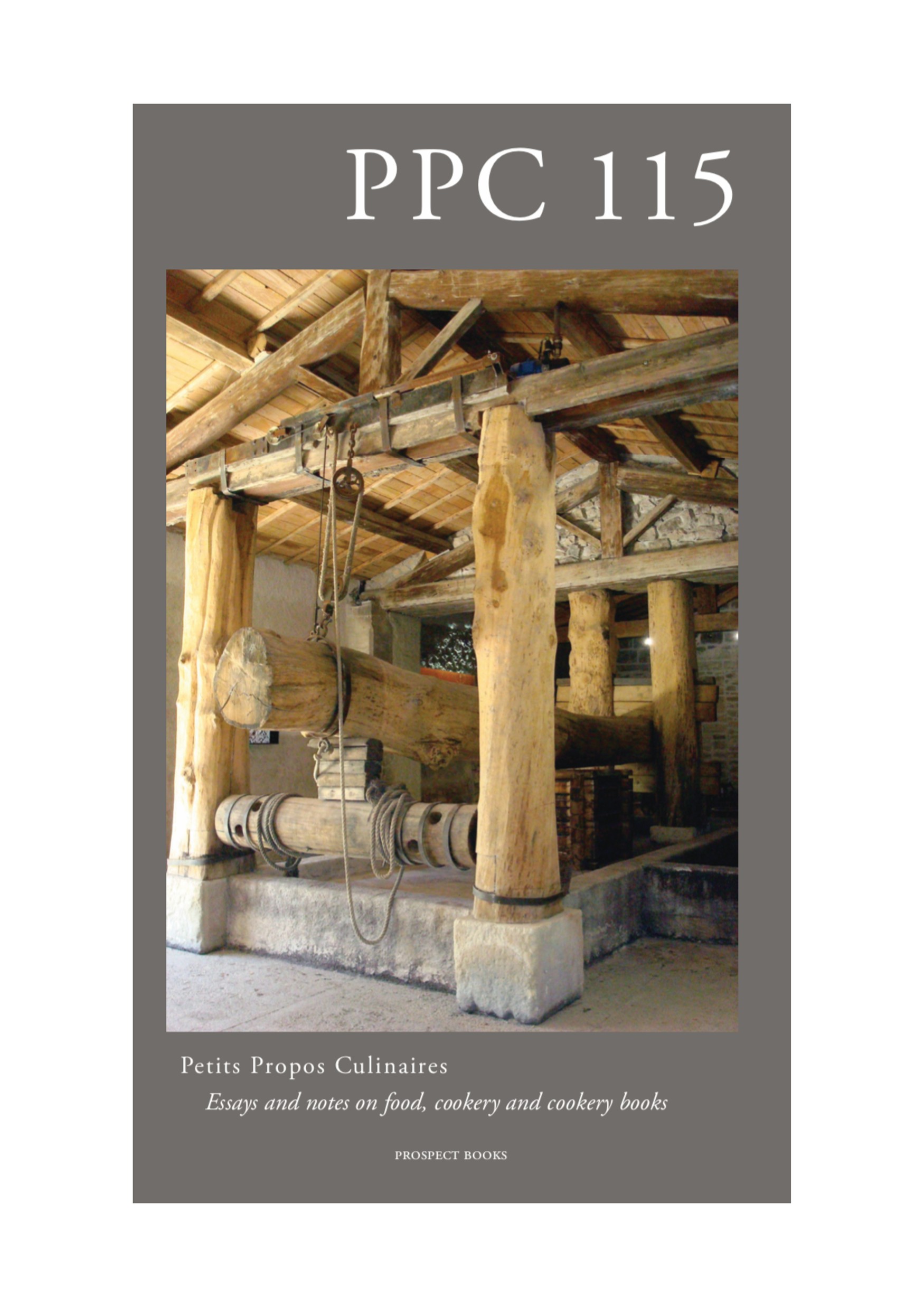Archestratus In Perspective
the Ingredients
DOI:
https://doi.org/10.1558/ppc.27905Keywords:
Archestratus , ancient Greece, ingredients, quality hierarchies, sensory faculties, culinary traits, social history, connoisseurshipAbstract
The fourth-century bc Sicilian poet Archestratus was the author of the oldest surviving text from ancient Greece on the pleasure of consuming food. This paper concentrates on the specific foods – in culinary terminology, ingredients – mentioned in the surviving verses and their bearing on the history of ancient Greek food.
References
Bianca, L. della, Beta, S. (2002), OINOS. Il vino nella letteratura greca. Carocci.
Cazzola, C. (1995), Archestrato di Gela. Gastronomia in versi. Ferrara.
Dalby, A. (1995), ‘Archestratos: Where and When?’, in J. Wilkins, D. Harvey, M. Dobson (eds.), Food in Antiquity. Exeter, 400–412.
—— (2000), ‘Topikos oinos: the named wines of Old Comedy’, in D. Harvey and J. Wilkins (eds.), The Rivals of Aristophanes: Studies in Athenian Old Comedy. London, 397–405.
—— (2003a), Food in the Ancient World. From A to Z. London and New York.
—— (2003b), review of Archestratos of Gela. eds. S. Douglas Olson and Alexander Sens, Hermathena 173–174, 222–228.
García Soler, M. J. (1999), ‘Algunos nombres de vinos en griego antíguo’, Habis 30, 391–403.
—— (2001), El arte de comer en la antigua Grecia. Madrid.
—— (2002), ‘Los vinos de la comedia griega’, DOURO–Estudios & Documentos VII (13): 49–64.
—— (2005), ‘La cocina del amor: alimentos afrodisiacos en la antigua Grecia’, Révue des Études Anciennes 107.2: 585–600.
Grasso, S. (1987), Archestrato di Gela. I piaceri della mensa (frammenti 330 a.C.). Palermo.
Martín García, J. A. (1994), ‘Arquéstrato de Gela (o Siracusa)’, in Poesía alejandrina menor. Madrid, Biblioteca Clásica Gredos, 79–109.
Montanari, O. (ed.) (1983), Archestrato di Gela, vol. I, Testimonianze e frammenti. Bologna.
Montanari, O. (1999), ‘I pesci di pregio nella Vita di delizie di Archestrato di Gela’, Mélanges de l’École Française de Rome. Antiquité 111. 1: 67–77.
Olson, S. D. (2007–2012), Athenaeus. The Learned Banqueters. 8 vols. Harvard.
Olson, S. D., Sens, A. (2000), Archestratos of Gela. Greek Culture and Cuisine in the Fourth Century BCE. Oxford.
Scinà, D. (1993), Archestrato. I frammenti della gastronomia. Palermo.
Soares, C. (2014), ‘Pão e vinho sobre a mesa: um ‘clássico’ da alimentação Portuguesa; Bread & wine: a classical motif of the Portuguese food’, in C. Soares, I. C. Macedo (eds.), Estudos sobre o Património Alimentar Luso-brasileiro; Studies on Luso-brazilian Food Heritage. Série DIAITA: Scripta & Realia. Coimbra, 17 – 50.
—— (2016), Arquéstrato, Iguarias do Mundo Grego: Guia Gastronómico do Mediterrâneo Antigo. Coimbra.
Wilkins, J. M., Hill, S. (1994), Archestratus. The Life of Luxury: Europe’s Oldest Cookery Book. Totnes.
—— (2011), Archestratus: Fragments from The Life of Luxury. Totnes.

